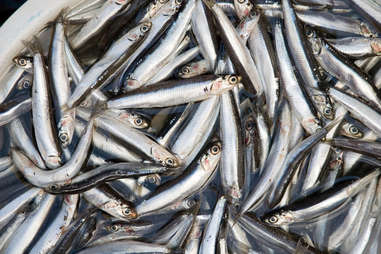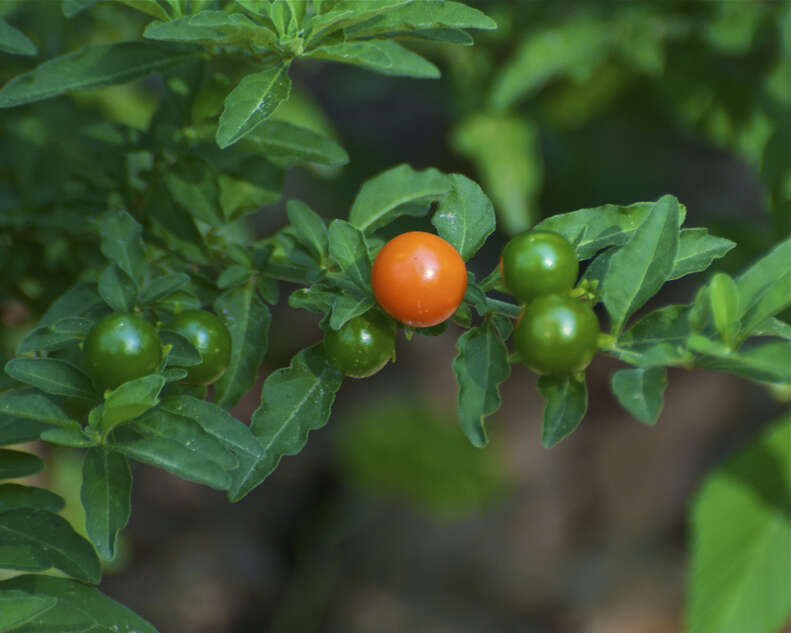How China Created America's Favorite Condiment

Americans have feelings about ketchup. Lots and lots of feelings. Feeling about why ketchup on a hot dog is stupid, and why fancy ketchup is stupid, and why any ketchup at all is stupid. Prepare to have a lot more ketchup-related feelings because you know what? Ketchup, the all-American condiment, is actually Asian.
The word "ketchup" is the Anglicized form of "ke-tsiap," an old Hokkien word for fish sauce. Yes, that fish sauce, the pungent brown liquid used liberally in Southeast Asian cooking. It goes by different names in different countries -- nam pla in Thailand, nuoc nam in Vietnam -- but the Chinese sailors who helped spread it across the region called it ke-tsiap. So when European traders started visiting in the 17th century, that's what they called it too.

The Brits in particular took a liking to early ketchup, which was made the same way fish sauce is made today: by salting and fermenting anchovies. They brought it back to the motherland and started experimenting with it by adding beer, mushrooms, walnuts, oysters, and various other umami-rich ingredients. In the 18th and early 19th centuries, every cook in Britain (and quite a few in America) had their own ketchup or catsup recipe. Tomatoes made an occasional appearance -- in 1812 horticulturalist James Mease published a recipe that called for tomato pulp, spices, and brandy -- but ketchup as we know it today was yet to be invented.

Looking back, omitting tomatoes seems like a weird blind spot. They're high in glutamate (i.e., umami flavor) so you'd think they’d be an obvious partner to anchovies or mushrooms. And if some people were already putting tomatoes in ketchup, why didn't it catch on straight away? One factor that might have slowed it down was the European misconception that tomatoes were related to poisonous nightshade berries. Another could be that people were happy with their mushroom ketchup, which is still a thing in the UK (Heston Blumenthal, the guy behind three-Michelin-star restaurant the Fat Duck, serves it at one of his London restaurants).

By the late 19th century though, tomato ketchup was firmly entrenched in British and American condimenting habits. But it was a Pittsburgh man named Henry J. Heinz in the 1870s who upped the vinegar and sugar to the levels we're used to on our burgers today. He actually did it to improve the shelf life of the sauce, which had previously relied on questionable preservatives like coal tar and sodium benzoate. It was a winning move. Heinz is now the dominant brand in America, a country where 97% of us keep ketchup in the house so we can spread it over everything we eat and then use it to shine our cars. (Seriously, is there anything we won't put ketchup on?)
America may not have invented ketchup but we perfected it. You're welcome, French fry eaters everywhere.
Sign up here for our daily Thrillist email, and get your fix of the best in food/drink/fun.